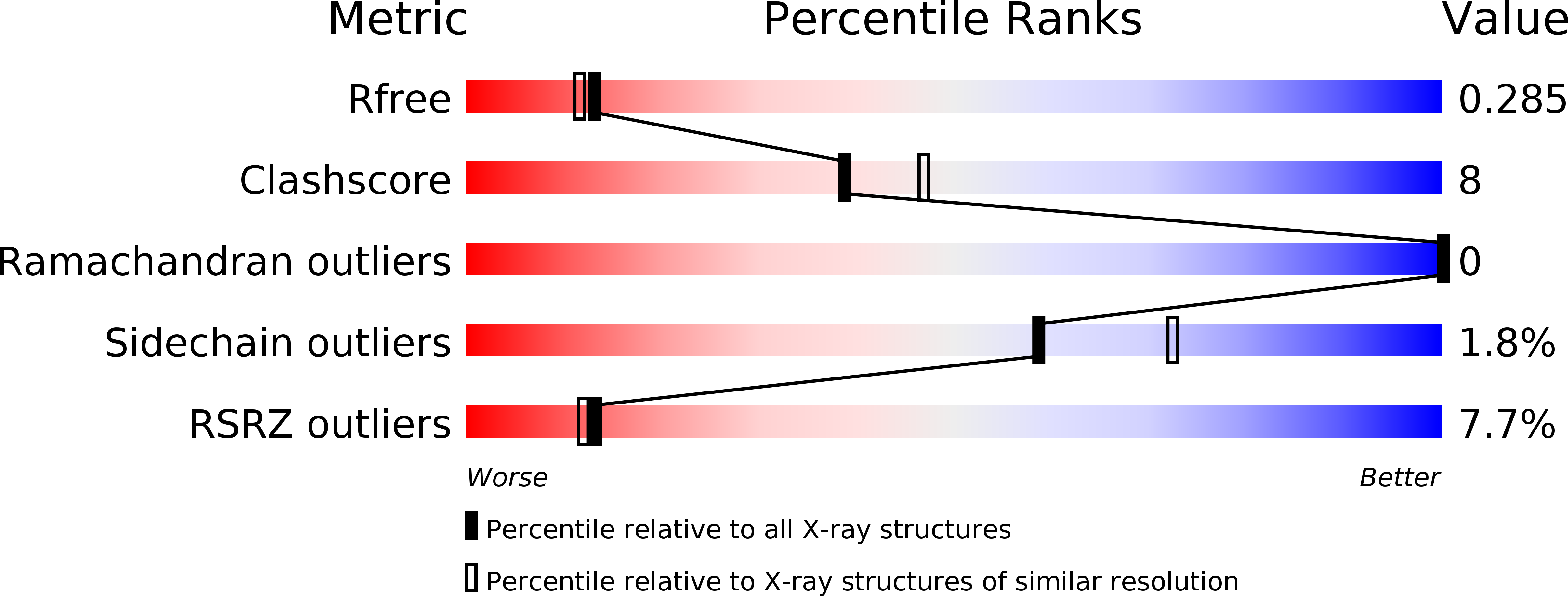
Deposition Date
2017-10-20
Release Date
2017-12-13
Last Version Date
2024-03-13
Entry Detail
PDB ID:
6BC0
Keywords:
Title:
A Complex between PH Domain of p190RhoGEF and Activated RhoA Bound to a GTP Analog
Biological Source:
Source Organism:
Homo sapiens (Taxon ID: 9606)
Host Organism:
Method Details:
Experimental Method:
Resolution:
2.20 Å
R-Value Free:
0.28
R-Value Work:
0.22
R-Value Observed:
0.22
Space Group:
P 65 2 2


